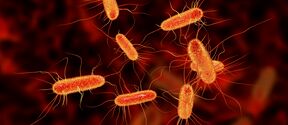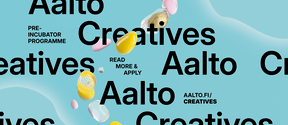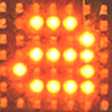New light on perovskite solar cell durability problems
Perovskite solar cells are one of the hot topics in the energy field. They have the potential for cheap mass production, but they are also sensitive to moisture. Cooperation between the Chinese University of Xi'an Jiaotong and Aalto University have resulted in better understanding of the degradation mechanisms.
Perovskite-based solar cells were invented in 2009. Their efficiency has risen astonishingly from a few percent to the same level as traditional silicon solar cells. Perovskite solar cells are one of the hot topics in the energy field today. They have the potential for cheap mass production.
The problem with these cells is their sensitivity to moisture. A small amount of water is enough to destroy the cell.
The researchers at the Chinese University of Xi'an Jiaotong and Aalto University have thoroughly studied mechanisms for the decomposition of Perovskite Solar Cells. Professor Peter Lund of the Department of Applied Physics, who has been involved in the study, says that the birth of degradation mechanisms is now much better understood than before. In fact, a small amount of water is useful in the manufacture of the cell for the crystallization of materials, but when a certain threshold is exceeded, the situation is reversed. Next, the Sino-Finnish consortium plans to develop better testing and encapsulation methods for perovskite solar cells. The results of the study were published in the most prestigious energy science journal Energy and Environmental Science.
For more information: Jianbing Huang, Shunquan Tan, Peter Lund and Huanping Zhou. Impact of H2O on organic-inorganic hybrid perovskite solar cells. Energy & Environmental Science, 2017, DOI: 10.1039/C7EE01674C
Inquiries:
Prof. Peter Lund
peter.lund@aalto.fi
Read more news

A new way to measure contagion: the gut bacterium behind blood poisoning can spread like influenza
Neither the antibiotic-resistant nor the highly virulent strains are the most transmissible.Tonmoy Saha Presents Textile Recycling Research at CIMANET Seminar
The CIMANET Research Seminar, held under the theme “Future Leaders in Circular Materials Bioeconomy,” took place on Thursday, December 4, at the Scandic Marina Congress Center in Helsinki.
Textile Chemistry Group Meeting Held
The Annual Meeting of The Textile Chemistry Group held on Thursday, December 11, uniting researchers, doctoral candidates, master’s students, and interns to present their advances in sustainable textile technologies.






